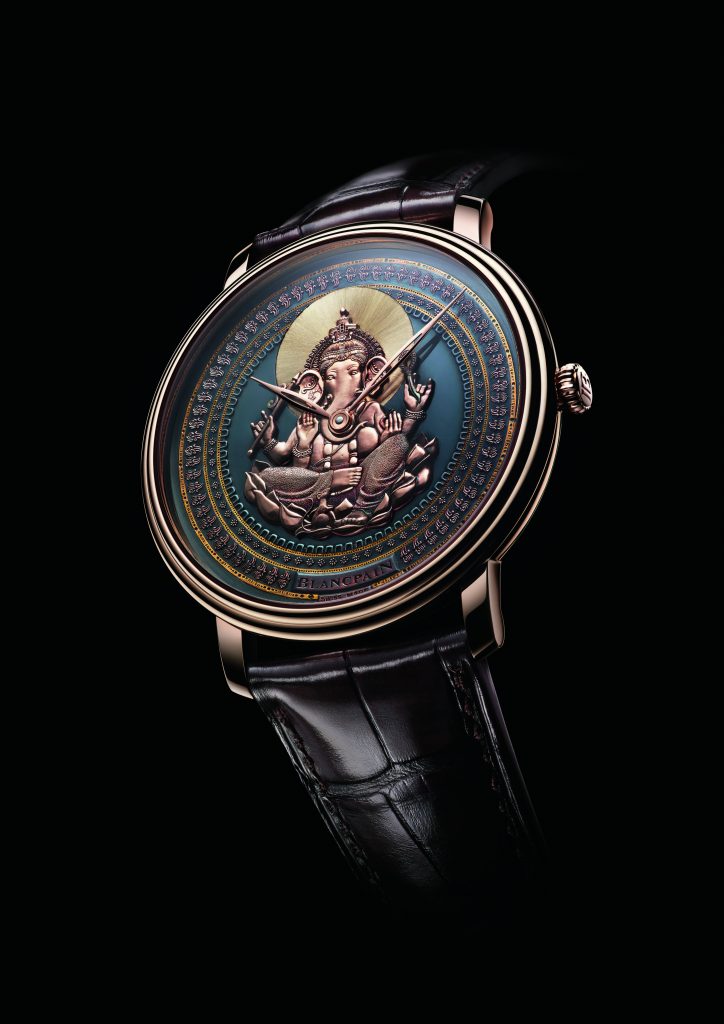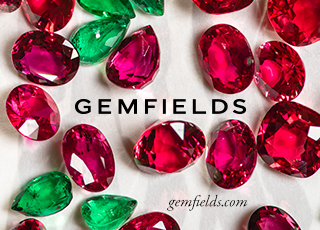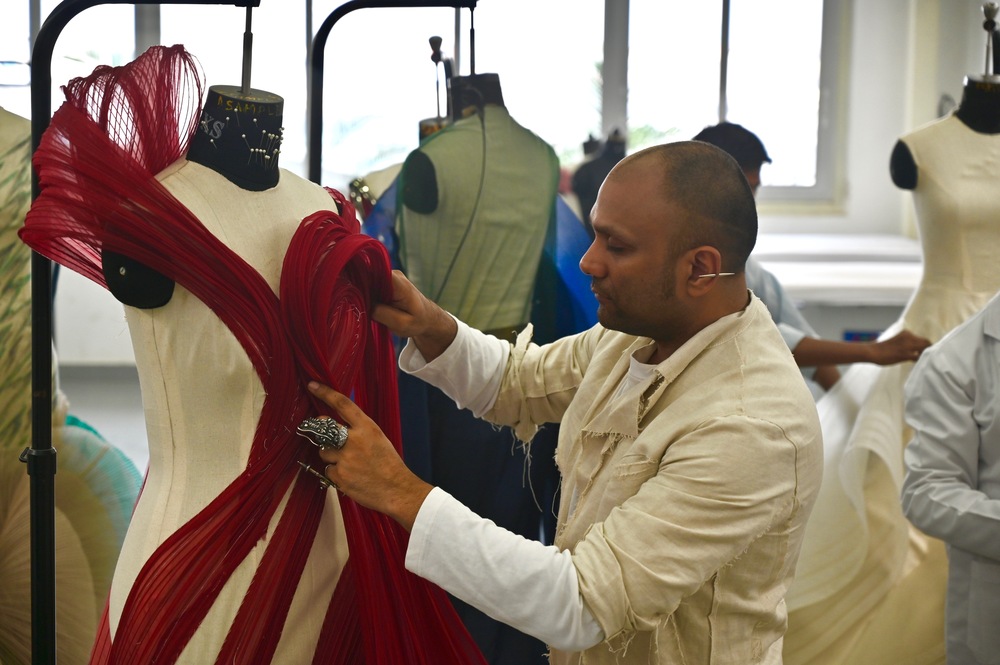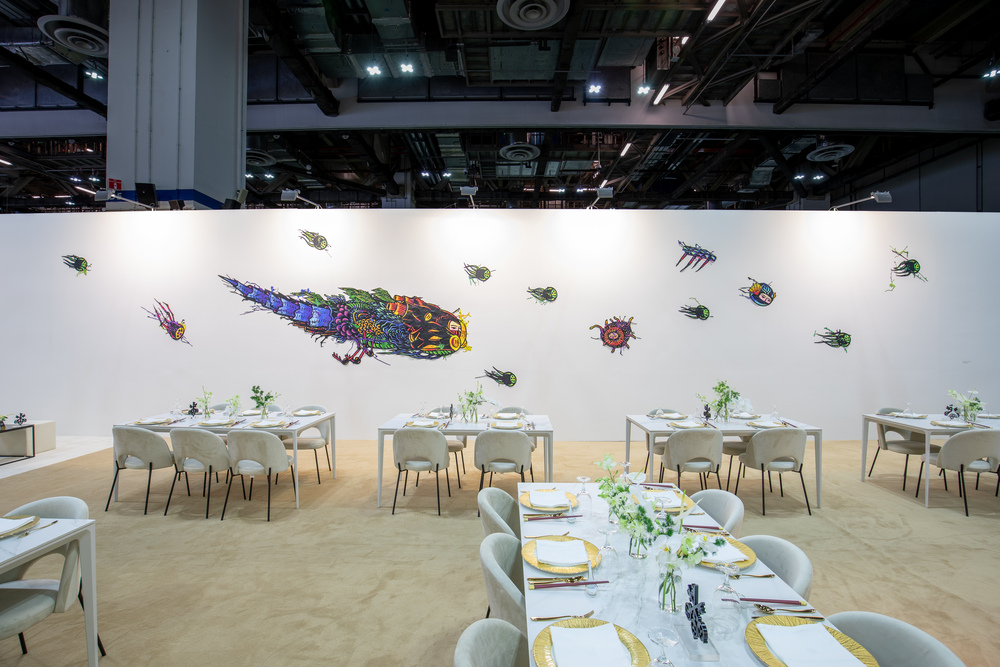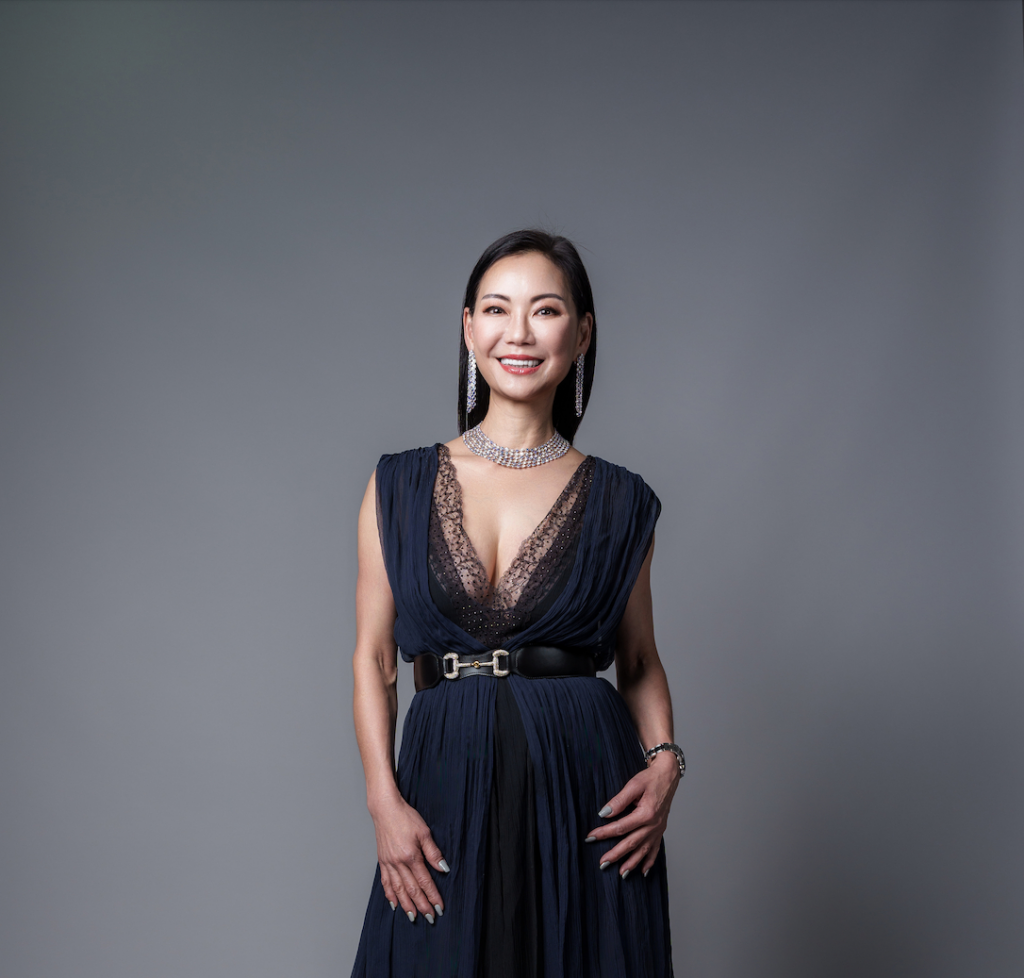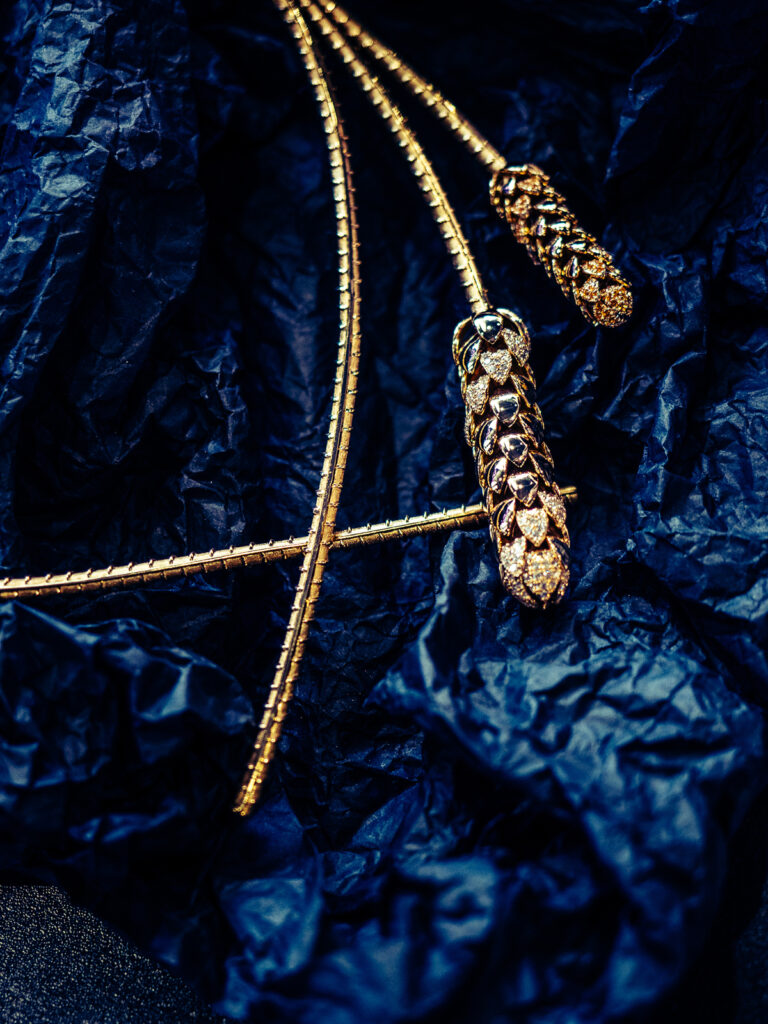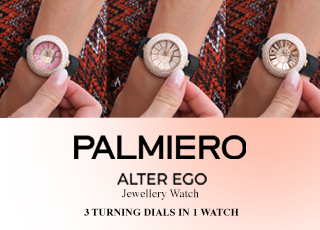ODE TO ANCIENT TIMES
Blancpain President and CEO Marc A Hayek shares the inspiration behind their iconic Métiers d’Art creations
Villeret Cadran Shakudō Ganesh Métiers d’Art watch
FINE WATCH BRANDS PRIDE THEMSELVES IN OFFERING THE HIGHEST LEVEL OF TECHNICAL EXPERTISE AND CRAFTSMANSHIP. But while a mechanical watch can boast the best and most advanced horological mechanisms available, it still requires careful artistry and design to bring out the beauty of the timepiece. Each is the sum of its parts — the case, dial, lugs, crown, strap, movement — and together, it becomes a work of art to be admired with every turn of the wrist.

Marc A Hayek, President and CEO of Blancpain
The Métiers d’Art collection by Blancpain is all of the above, and more, says President and CEO of Blancpain, Marc A Hayek. “Métiers d’Art timepieces have the particularity to be unique. Whether for an engraved model or an enamel-painted dial, their aesthetic appeal creates emotions. More than watches, they are true pieces of art and meet the needs of our clients’ customisation requests,” says Hayek.
The reason for beautifying a watch, however, was not always as noble. Watchmakers, particularly during the early days of timekeeping when pocket watches were not as reliable, often used decoration as a way to show the value of their watches. Techniques used included engraving, enamelling, and guilloche-ing. As horological innovations continue to advance, métiers d’art continued to flourish, too.
Blancpain is no stranger to this, having been at the heart of the Swiss watch industry since 1735. At its dedicated studio in Vallee de Joux, a team of master craftsmen painstakingly carve, chisel, hammer, and polish the decorations and embellishments by hand. What set Blancpain from others is that it has chosen to explore other traditional art forms rarely seen in watchmaking . These techniques include the following techniques:
Shakudō
Shakudō is an alloy principally composed of copper and gold. Historically used to decorate katana fittings and other ornaments, it is typically treated to acquire a dark blue/black patina. This traditional Japanese technique has made its way into Blancpain’s creations to stunning effect.
Rokushō
Shakudō resembles bronze but acquires a dark patina by applying a traditional Japanese compound called rokushō. It is a mixture of copper acetate and other chemicals, and can create a wide range of decorative patinas depending on the formula and soaking time. A common technique is to engrave through the alloy layer in a pattern to reveal the metal underneath prior to patination. This provides a rich contrast in colour and thus highlights the pattern.
Damascene
This technique consists of carving troughs upon the dial surface, carefully hammering soft gold into the trough and polishing the surface. No glue is used. Blancpain is said to be the only house that offer damascene art on its dials. Showcasing these techniques are Blancpain’s Métiers d’Art collections. Each piece calls for considerable expertise, patience, and dexterity. Hayek elaborates: “Being entirely hand-crafted and unique models, they require a longer time frame to create compared to other pieces. The time dedicated to each dial varies depending on several factors, such as the complexity of the patterns and the techniques used.”

The Great Wave Metiers d’Art watch
The Villeret Métiers d’Art Shakudo Ganesh watch is one of them, part of a 2015 collection of four unique pieces that show off the aesthetic feat. It is also Hayek’s favourite Métiers d’Art timepiece. “I’m impressed by the tiny details the artisans were able to fashion on the micro-dimensions of the dial, which appears as a miniature world,” he says. “Whenever you look at the watch, you discover new motifs that you did not see before.”
The shakudō dial features Lord Ganesh, one of the most revered and important gods in Hinduism. He is believed to be the remover of obstacles, and is represented with the head of an elephant. Alongside the gold applique of Ganesh is a hand-engraved gold throne and hand-hammered and engraved damascene ornaments. So impressed was the industry that this piece was awarded the Grand Prix d’Horlogerie de Geneve in the Artistic Crafts’ category.
The brand is also not afraid to use new materials for its watches. The following year saw The Great Wave, inspired by the Japanese woodblock print created by artist Hokusai. It has a hand-decorated and engraved gold wave with rokushō lacquer that is fixed on a Mexican silver obsidian dial, a material little seen on a watch dial. “These are examples of how far creativity can go,” says Hayek. The result is a shimmering appearance with a sense of vigour and dynamism. A 42mm platinum case houses the dial under which is a 13R3A 8-day hand-wound movement.

Villeret Métiers d’Art 8 Jours Manuelle
Blancpain’s latest one-of-a-kind creations are dedicated to the rooster (in line with the Chinese zodiac) and the iconic Matterhorn, a breed that hails from the Val d’Herens. The Métiers d’Art timepiece pays tribute to Switzerland with its depiction of a “Battle of the Queen Cows”. Again, the shakudō dial is affixed with hand-engraved gold applique of the bovines. Together, they are given a rokushō patina which give nuance and depth to the overall timepiece.
Expect Blancpain to continue to push the boundaries of art and watchmaking, even as the world barrels forward in this hi-tech age. But Hayek reminds us that mechanical watches have always been a blend of innovation and tradition. “A watch stems not only from the technical choices it involves, its reliability, but also from the level of finishing that is a signature of fine watchmaking.”

